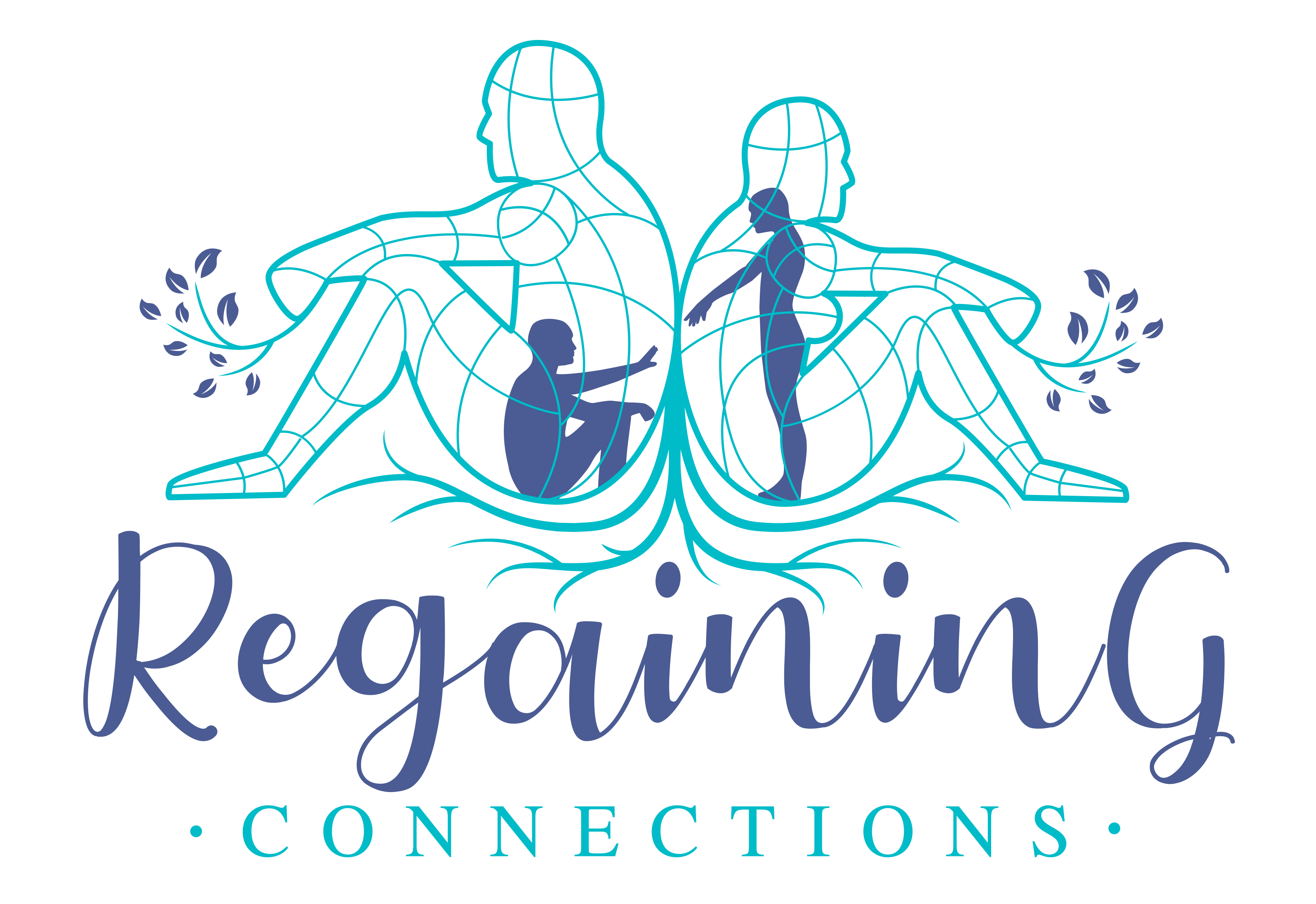Take Your Sanity Back from Post Pandemic Anxiety

“The opposite of addiction is connection” ~ Johann Hari
When we feel disconnected in ourselves and in our relationships, our tendency to engage in addictive behaviors or addictive substances increases. Feeling connected to others plays strongly into the well-being of our mental health. In the article, “Post-Pandemic Anxiety Is a Real Issue—Here’s How to Get More Comfortable During Re-Openings,” Dr. Ackrill discusses the impact of the pandemic on social interactions between human-beings. She comments, “We’ve really made a habit of considering other human beings a danger.” Although the pandemic has slowed down, humans continue to carry around a sense of uncertainty and can’t help asking themselves many questions. For example, “Is that person vaccinated?” “Have they had the virus before?” “Am I going to be okay?” If other humans are unsafe, therefore human connection is unsafe. Yet, human connection helps our mental psyche. So, where does that leave your brain? In an extremely confusing state.
We need the very thing we fear right now
Dr. Ackrill connects the impact the pandemic had on the human psyche with Post-Traumatic Stress Disorder (PTSD). PTSD sends danger signals to your brain when your body senses a real or perceived threat. As a result, your brain will go in overdrive and anxiously look for everything in your environment to provide evidence to the fear you are thinking in your head. It can feel very uncomfortable. How do we drop the fear that tells us we are in constant danger and begin enjoying other humans again?
First, if it feels too unsafe to connect with others, connect within yourself
Remind yourself the way a PTSD mind state can impact the way you are seeing the world and turn inward. Ask yourself, “What feeling/thought is this situation eliciting right now?” “Am I scared?” “Am I annoyed?” “Am I angry?” Once your mind connects with your body, take a deep breath, and recognize there are facts and stories you tell yourself about the facts. Separate the facts from the stories as these stories are self-created. If you created the story, you can recreate the story into one that is more useful for your mental health. For example, the facts are some people are vaccinated, while others remain unvaccinated. The story your brain tells you is, “Danger zone, do not proceed, avoid at all unnecessary costs.” Yet, your brain doesn’t know who is vaccinated and who isn’t. It will automatically assume everyone is dangerous. Help your brain make the difference; not everyone is dangerous and remind yourself you are doing everything in your control to stay healthy. When your brain tries to go back into overdrive, bring it back and repeat self-soothing stories.
Changing maladaptive trauma responses takes persistence, intention, and mindfulness
Self-soothing your brain one time won’t do much, it takes repeated effort. It is no different than trying to build a muscle in your body, you can’t go to the gym once and expect a 6 pack. We can’t expect maladaptive psychological responses to vanish overnight but with consistency, you’ll be back in control of your thoughts before you know it!
